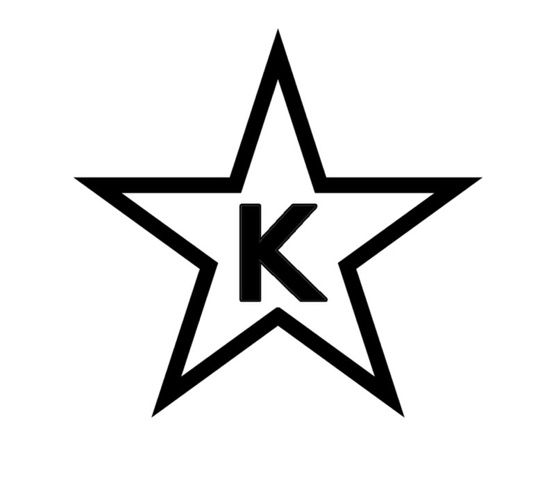With the approach of Rosh Hashana, when we partake of fresh fruits and other traditional foods, STAR-K reminds everyone about the need to check many of the items carefully prior to use.
Checking instructions for all Rosh Hashana Simanim are listed below.
For your convenience, we are also including information and links about Yoshon, Insect Checking charts, as well as the Halachos of Fasting, Schach Guidance and Sukkos-related videos — basically all the information you need to prepare for the Yamim Tovim.
STAR-K wishes everyone a k’siva v’chasima tova and a sweet new year!
ROSH HASHANA SIMANIM CHECKING INSTRUCTIONS
APPLES/BEETS/CARROTS/
DATES*: Open a few dates in each container and visually inspect. If no insects can be seen, the rest may be eaten without further checking.
FIGS*: Open each one and check carefully for infestation (typically wasps, beetles or worms). NOTE: Figs are particularly difficult to check.
* Checking instructions for dates and figs apply even if they have a hechsher, due to the possibility of improper storage.
BLACK EYED PEAS:
Preparation
- Dried Peas should first be boiled in water. After they have been fully cooked, allow the peas to soak in the water for 2-3 hours. The peas will then swell and the peel will become translucent. Then check as instructed below.
- Canned or Frozen Peas may be checked straight out of the can/bag; there is no need to boil or soak.
Checking Instructions
- Take the peas and inspect for holes or dark-colored stains, as this may indicate an insect beneath the thin peel.
- If there is a dark spot on the peel, remove the thin skin and check if there is a cavity with a bug in it.
NOTE: The black “eye” spot is not a sign of infestation. Similarly, orange colored stains on the surface are not signs of infestation; only dark or black stains are of concern.
LEEKS: Examine the outside for any leaf miner trails. Check in between the leaves for thrips or other insects.
CABBAGE:
Fresh Cabbage: Separate all leaves and wash well. Then check using the thrip cloth method.
Stuffed Cabbage: After freezing the head, defrost and separate all leaves and wash them well. Then check using the thrip cloth method.
THRIP CLOTH METHOD:
- Prepare a basin with water and non-bleach/non-toxic dishwasher detergent solution. The water should feel slippery.
- Agitate the produce in the solution for 15 seconds.
- Remove the produce from the basin and shake off excess water over the basin.
- Pour water through the thrip cloth over another basin. Check the thrip cloth over a light box for any insects.**
- If insects are found, wash the produce again and recheck, repeating steps 1-4.
- This can be repeated up to 3 times. If insects are still found on the third try, the produce should not be used.
** If one does not have a thrip cloth, the cabbage leaves may be checked carefully using a lightbox or under good lighting.
HONEY: Pure honey does not need a hechsher (Clover, Wildflower, Blossom, Orange, etc., are types of honey, not flavors). Flavored honey needs a hechsher.
Click on any of the links below for downloadable PDFs and for additional Yom Tov-related information.
5784 Schach Mat Guidance
PDF of the Rosh Hashana Simanim Checking Guide
PDF of What Do Bugs Look Like Chart










